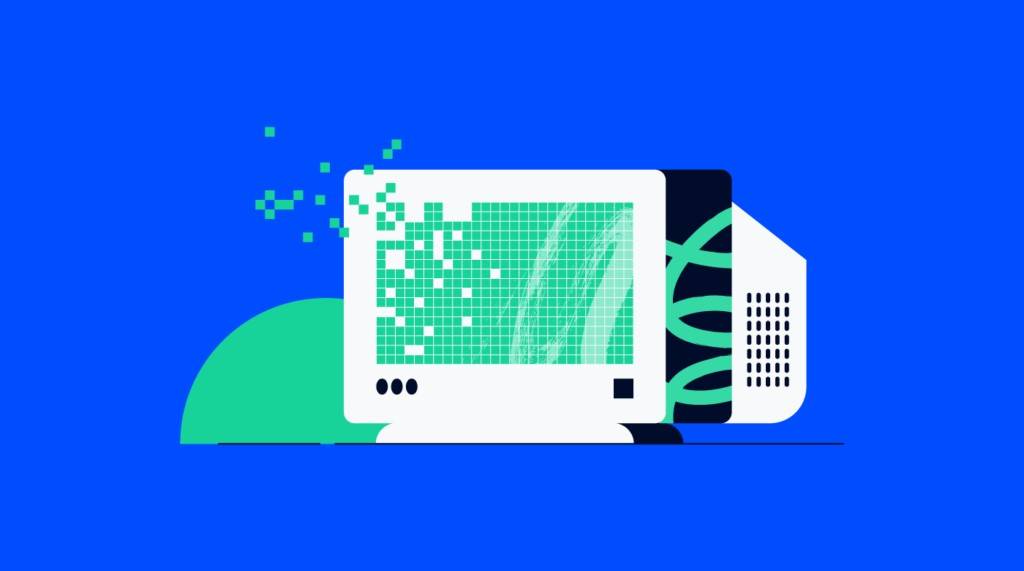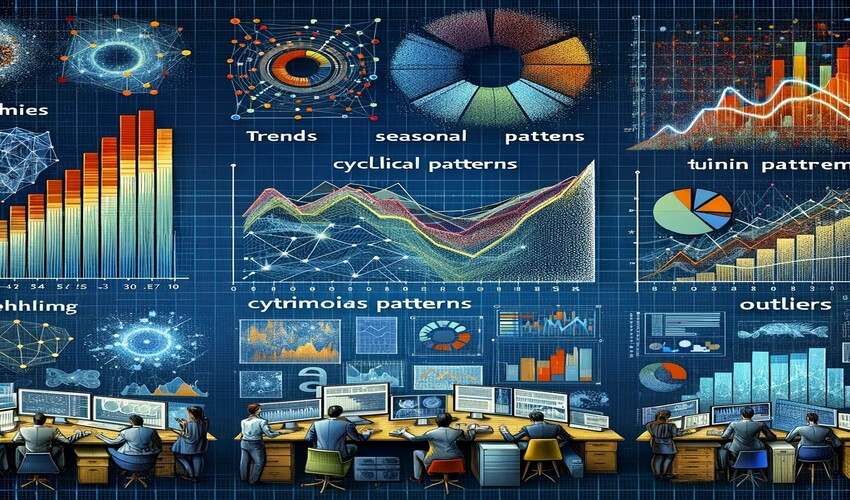A study defines that the average click-through rate (CTR) on Google Ads across all industries is nearly 3.17%. It is specifically for search ads and 0.46% is for display ads. These statistics clearly shows the impact of a compelling advertisement online on the target audience. It certainly attracts more clicks, resulting in higher CTRs, which makes ads perform better.
The aforementioned statistics are of course pulling, which hooks you to prefer Google or Facebook ads. However, the inexpensive nature of these commercials is another concrete reason to go with this alternative for promoting anything over the internet.
But, what if these ads do not perform well?
Certainly, the facts cannot be wrong. But, the cold result your ads are showing is also not wrong. So! Where is the gap?
This post will guide you to discover those gaps. Let’s get started to find out the flaws and also, know how to fix them.
- Your landing page is not converting leads.
In many cases, an unoptimized landing page emerges as a culprit. These reasons can lead to poor ad performance – CSS & JavaScript Issues, outdated content, unoptimized images, outdated CMS, no CDN being used, unclean coding, server issues, large page size, third-party plugins, external scripts, poor hosting, mobile optimization, browser caching, too many HTTP requests, network latency, server-side rendering, code compression, etc.
Solution
Once you have found the optimization error, hire a skilled developer & certified digital marketing specialist to fix. In addition to the aforementioned errors, emphasize integrating a clear call-to-action (CTA) and description. It should exactly match the goal and the message you want to convey. AI tools like Calibre, Dareboost, and SpeedCurve can guide you to see those gaps and how to fix them.
Besides, your landing page should have persuasive language, compelling visuals, and user-friendly navigation. You should test different elements, especially headlines, CTAs & their placement, inquiry form & its length, etc. to drive more conversions.
- Meta pixel setup can be erroneous.
A tool to monitor and analyze the performance of an ad campaign on Facebook, called Meta pixel (or, conversion tracking pixel), can help you to look into red flags. It is directly connected with data sources, which pass the information about lags on the basis of real-time updates on a campaign performance. Once discovered, optimize your ad campaign’s performance.
Solution
To draw the information regarding Facebook ads conversion tracking, you need to access the Events Manager section. It’s easily found on your Meta Business Manager account. See the “Events” (or Conversion Actions) and track issues.
Here, you should ensure if the Meta pixel is correctly implemented on your website or landing page. Accurately follow the platform-specific instructions guided by the ad platform (e.g., Facebook, Google Ads) during installation. Thereafter, you need to regularly check for any issues and troubleshoot accordingly.
- Your ad copy is unclear.
Blueprinting a clear and impactful ad copy is essential if you really want to drive engagement and conversions. Underestimating the power of CTA can be disastrous for your campaign. You should know that it is what connects the audience. If it’s inaccurate or does not make it clear what the next step is, the leads may end up at the very point.
Solution
It’s necessary to highlight the unique value proposition of your product or service. So, your call to action should be very concise and compelling. Incorporate power words and emotional triggers to quickly connect & move to the next level (which can be like CLICK to grab offer or DOWNLOAD for an instant discount). You may try different variations of ad copy and analyze their performance to optimize for better results.
In all, it should have a crystal clear PRIMARY TEXT, HEADLINE, DESCRIPTION, and CTA.
- You’re pitching the wrong audience.
The people who you think would likely convert off your Facebook ads might be different from the people who will actually become customers of your business. An experienced search marketing specialist can help you understand your audience, what resonates with them, and the best way to reach them in order to drive more conversions from your Facebook ads.
Wrong audience refers to the people or community that is not niche-based. If it’s not so, it will certainly show “zero” interest in calling or raising inquiries. After all, it’s the matter of disinterest.
Solution
So! You need to start with understanding who you want to reach out. It’s crucial to define an ideal customer profile. Work on designing it, considering demographics, interests, behaviour, and purchasing patterns. You may also utilize AI tools like IBM Watson can help in understanding data from social media posts, customer reviews, and survey responses.
You may deploy them to quickly narrow down your audience. Once discovered, you should focus on creating buyer personas. This digital marketing strategy will help you to see a sudden jump in your ads conversion rate.
- Understanding Ad fatigue
Ad fatigue refers to disengaged audience. When you repeatedly stream the same ad content, it loses its charm. People feel tired of seeing it over and over. It may end up in their disengagement with the ad.
Solution
This problem can be addressed if you frequently refresh your ad creatives. These creatives can be visuals, headlines, CTA, and primary text. Set the frequency for the changes in accordance with the real-time performance. Here, frequency means an estimated number of times your average target audience has gone through your ad. Its higher rate discloses that maximum people from the audience have seen it more than once.
Typically, if this frequency scrolls up between 5 and 10, it becomes necessary to freshen up your ad. In short, you should refresh your ad creatives and then, go through A/B test to test variations of your ad copies. It will help you to discover the most effective combination.
- Your campaign objective doesn’t go with your goals.
However, the algorithms working at the backend guides you to come up with the best version for your ads. And, this happens automatically. But, you need to guide it with exact instructions and details. This is where mistakes happen, and you suffer with a low conversion rate.
Solution
First and foremost, you should ensure that your campaign objective aligns with your business goals. Let’s say, your goal is to generate leads. It guides you to choose an ad objective that concentrates on lead generation. Then, you need to examine the previous or existing campaigns that are appropriate and hence, successfully run on an ad platform. Here also, you can check AI tools to optimize your campaign for better conversions, website traffic, or brand awareness, such as Google Ads, AdRoll, Acquisio, etc.
- Your budget or spending limit is too low.
With a tight budget, it’s challenging to reach out to a wide audience. It true that you need to spend corresponding to your end goal. Sometimes, even if the ad has everything that can bring overwhelming hits and inquiries, it does not show result. It just because the ad spend is exhausted.
Solution
You need to assess your advertising goals, target audience size, and expected results. It gives you an estimated idea of what budget-cap will be suitable. You may experiment with different budget levels and monitor the performance metrics thoroughly. This will help you to adjust your budget on the basis of the Return On Ad Spend (ROAS). This is how you can scale up if the campaign is performing well.
- Your Facebook ads are converting indirectly.
Many times, your ads are perfectly optimized and are going on well. But, the conversion rate is low. The customer is smart today. He or she won’t invest unless he or she is fully satisfied. In this practice, your audience may move to explore something more about your product or services. It may check your social media handles, blogs, web pages, etc. Once satisfied, they may inquire through other options, which can be other than a landing page.
Solution
If your Facebook ads are not directly generating conversions, you may follow a multiple channel marketing approach. You may monitor passive inquiries through different mechanisms like UTM parameters. The inescapable part is to analyze the customer journey across different touchpoints. If you do so, it will help you to identify where your Google ads contribute to conversions. Accordingly, optimize your ad targeting, messaging, and landing page experience to improve direct conversion rates.
Conclusion
Optimizing your online ads requires a deep understanding and holistic approach. It is associated with optimizing landing pages, targeting the right audience, creating impactful ad copy, managing ad fatigue, aligning campaign objectives with goals, setting appropriate budgets, and allowing ads enough time to convert. Regular testing, analysis, and continuous optimization are key to improving the performance of your online ads and maximizing their effectiveness.
Author Bio:
Robert Wilson is a highly skilled digital marketing expert, specializing in search marketing specialist, PPC and SEO strategies. With a wealth of experience in driving targeted traffic and maximizing conversions, he has a proven track record of delivering exceptional results for clients across diverse industries. His expertise lies in creating data-driven campaigns, optimizing ad performance, and enhancing website visibility. Passionate about staying ahead of the latest trends and algorithms, he continually adapts strategies to achieve optimal outcomes in the ever-evolving digital landscape.
















Leave a Reply